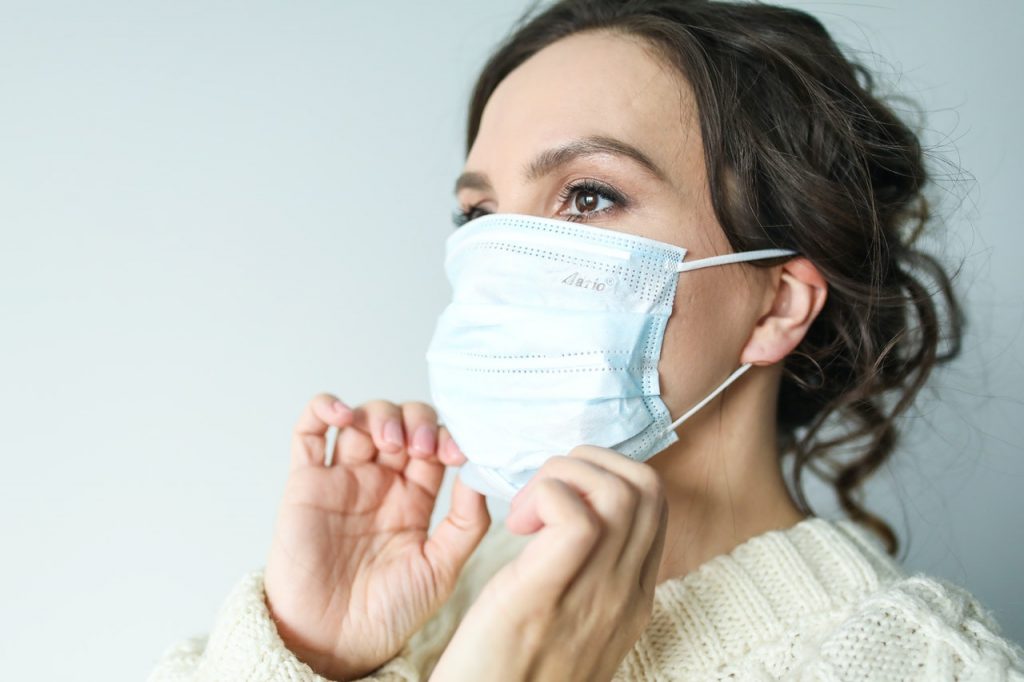REVISIONS TO THE CDC’s DEFINITION OF “CLOSE CONTACT”
Through the pandemic, many employers have been relying on the U.S. Centers for Disease Control and Prevention’s (CDC) guidelines on what is considered a “close contact” exposure to COVID-19 for the purpose of contact tracing within their business. The CDC had previously defined a close contact exposure as an individual being within six feet of an infected person for 15 consecutive minutes within 48 hours prior to the infected person exhibiting symptoms or, for asymptomatic individuals, two days prior to a positive test.
On October 21, 2020, the CDC provided an update to their definition of “close contact.” The latest guidance is as follows:

Someone who was within 6 feet of an infected person for a cumulative total of 15 minutes or more over a 24-hour period starting from 2 days before illness onset (or, for asymptomatic patients, 2 days prior to test specimen collection) until the time the patient is isolated.
The primary change to the CDC’s definition is now any individual who was within six feet of an infected individual for a combined total of 15 minutes or more over a 24-hour period during the 48 hours prior to onset of symptoms or positive test is considered a COVID-19 exposure. For example, if an individual had three separate 5-minute interactions with an infected individual within a 24-hour period during the 48 hours prior to the onset of symptoms or positive test, they would be considered to have been exposed to COVID-19 and should quarantine and/or get tested. This standard differs slightly as the previous guidance required that it be 15 consecutive minutes. As a result, employers will likely have to expand their contact tracing investigation to include individuals who may have had brief, but frequent interactions with an infected individual.
Furthermore, the CDC provided certain other factors to consider when conducting a contact investigation to determine whether a person was in close contact and effectively exposed to COVID-19. These factors to include:
- Proximity (closer distance likely increases exposure risk),
- Duration of exposure (longer exposure time likely increases exposure risk),
- Whether the infected individual has symptoms (the period around onset of symptoms is associated with the highest levels of viral shedding),
- If the infected person was likely to generate respiratory aerosols (e.g., was coughing, singing, shouting), and
- Other environmental factors (crowding, adequacy of ventilation, whether exposure was indoors or outdoors).
In combination with the revised 6-15-48 rule, employers should apply the above factors when making a determination whether an employee may or may not have been exposed to COVID-19 in the workplace.
Unfortunately, employers are charged with the very difficult task of ensuring that a COVID-19 case within their business does not spread beyond the initial infection. Accordingly, employers must have procedures in place for contact tracing that follow CDC guidelines. We have put together a Fact Sheet on the updated definition of close contact for COVID-19 exposure to assist employers with this task. It can be downloaded from our Member Portal. Also check out our 7 Essential Steps in Response to Positive COVID-19 Test to assist member organizations in responding to positive COVID-19 cases in the workplace. It can be downloaded from our Member Portal along with other great resources.
If you have any questions concerning this recent guidance or need assistance in preparing proper contract tracing procedures, please contact us at info@nevadaemployers.org or (888) 398-8092.
Mailing List Sign Up Form
Fill out this mailing list sign up form to receive monthly email updates on the latest NAE news, HR issues, special events, training dates and more!
